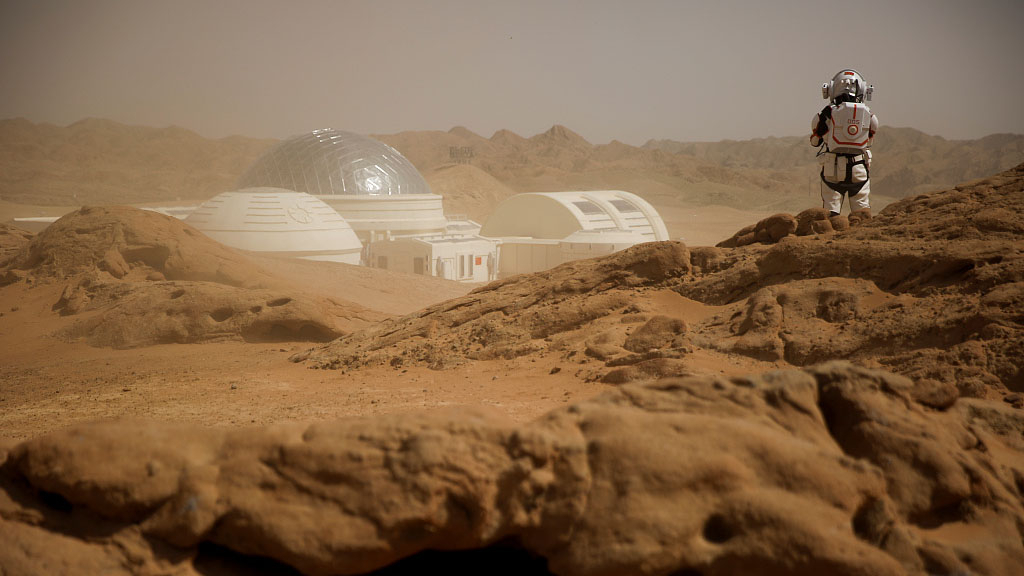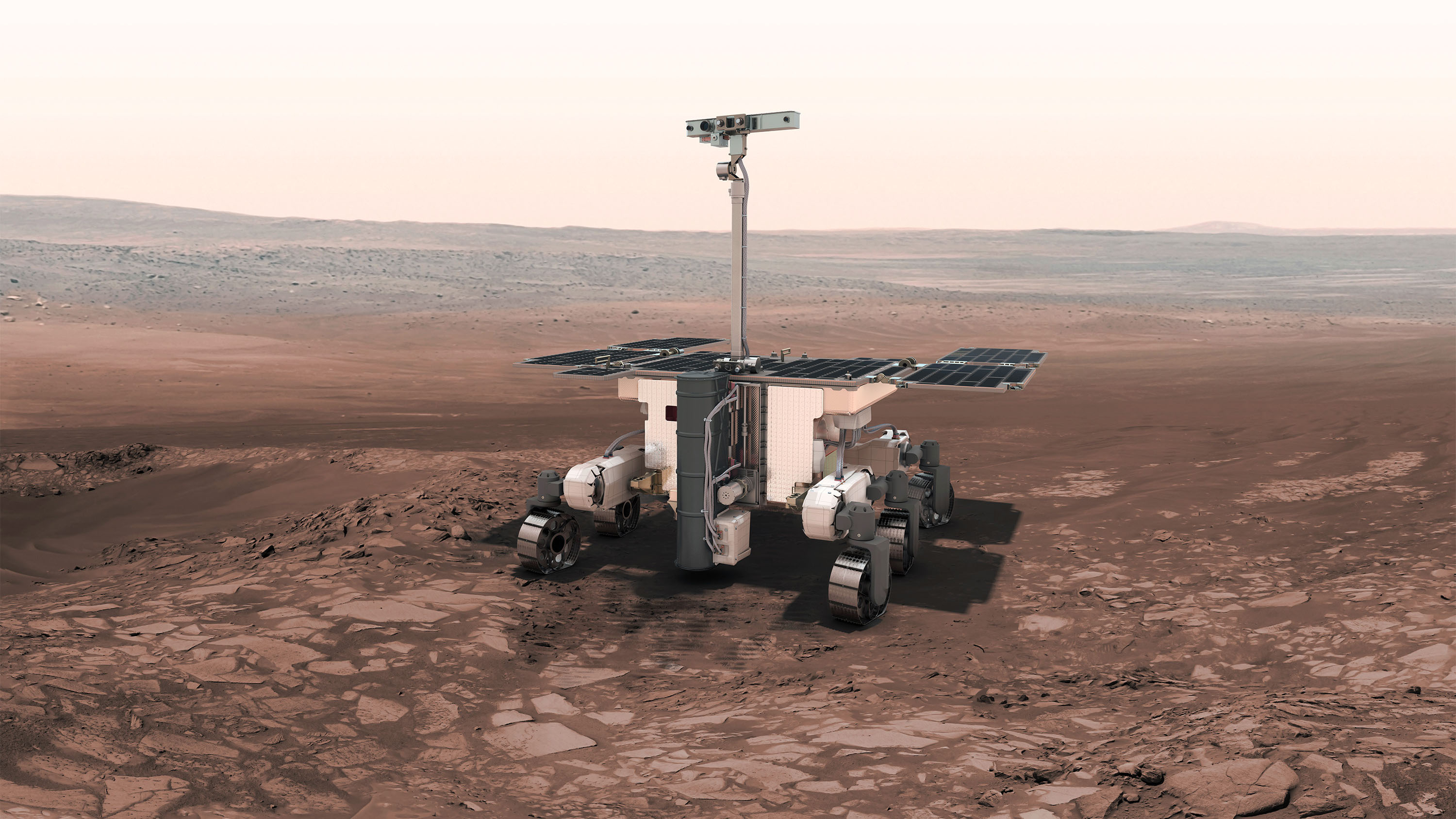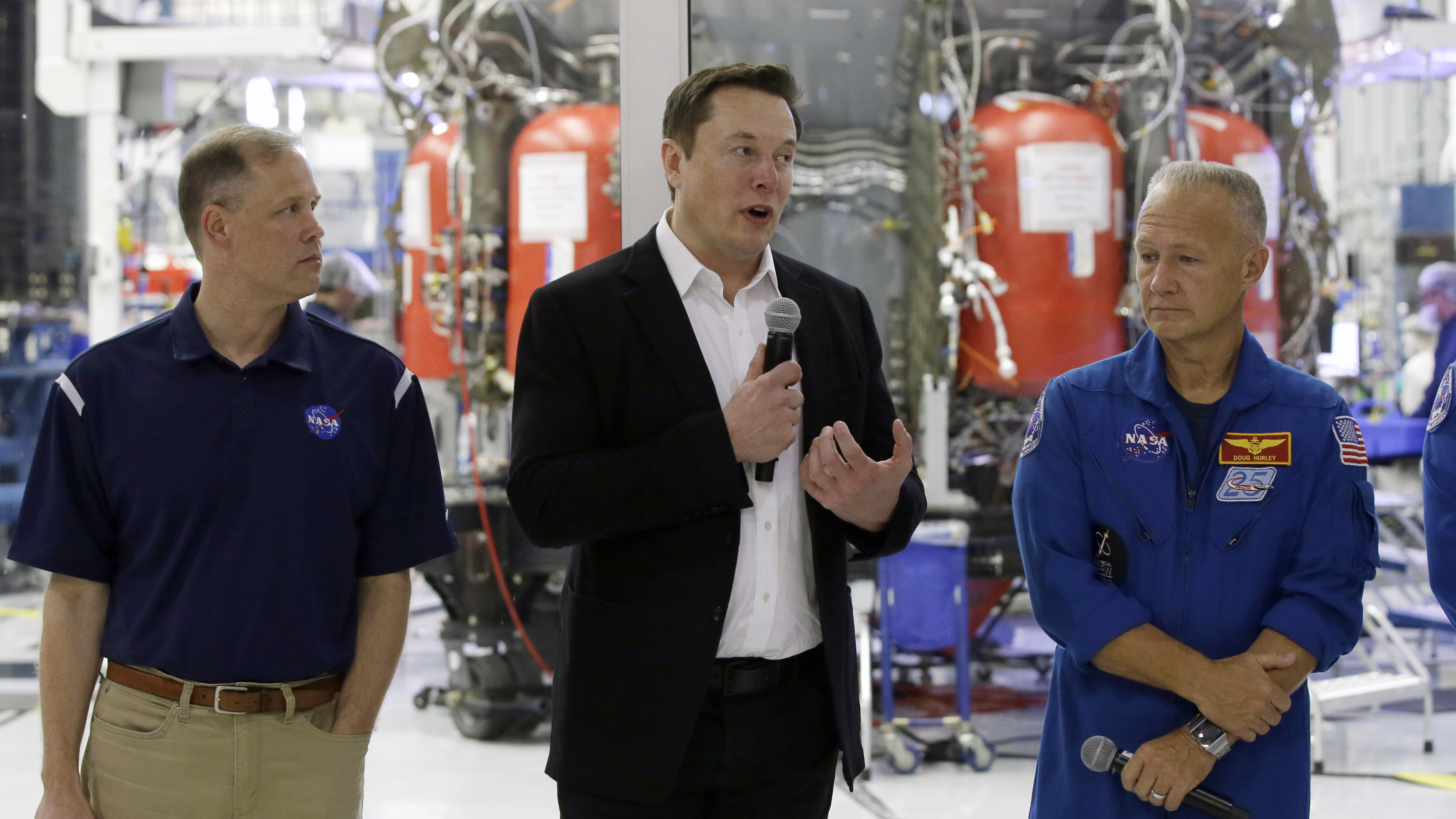02:02

Humans could land on Mars within a decade, according to Robert Zubrin, a leading expert on the "Red Planet" and a former engineer with Lockheed Martin Astronautics.
Speaking at the 2019 European Mars Conference (EMC) in London, Zubrin, the founder of the Mars Society, explained: "Mars is the closest planet [to Earth] that has all the resources needed to support life and therefore technological civilization. And if we choose to, we could have people on Mars before the end of the next decade."
Zubrin, a leading advocate for the human exploration of Mars, expanded upon this topic in his latest book, The Case for Space, which considers the future of competitive space exploration and what he sees as the positive effect of so-called "space entrepreneurs" on the industry.
While Zubrin supports the progress made in the past decade by private aeronautics companies, Mars exploration has its roots in government-funded projects of the 1970s.
The Soviet Union's space program was the first to soft-land an unmanned spacecraft on Mars in 1971, but it was only able to receive data from its vessel, dubbed Mars 3, for 14.5 seconds before losing contact. NASA, the space administration of the US, would later land two unmanned ships on the planet in 1976, Viking 1 and Viking 2, the former of which held the record for the longest Mars surface mission – 2,307 days – until 2010.
Forty years on, NASA's successful landing of the Mars Science Laboratory and its Curiosity rover on the Red Planet in 2012 was hailed as a remarkable technological feat. The mobile robot has now been exploring the planet's surface and sending raw data to Earth for more than seven years.
02:08

For Zubin, the more we learn about Mars, the more we learn about the future of mankind.
"[Mars] is the key to discovering the truth about the prevalence and potential diversity of life in the universe, and it's the key to discovering the truth about the human future, whether it would be confined to one world or whether we're going to become a multi-planet, space-rearing species with an open future of hundreds of worlds waiting for us," he said.
While much information has been gleaned from the tried-and-tested technology of unmanned rovers, the mission of landing humans on the planet is yet to be realized.
However, times are changing and major shake-ups inside the aeronautics industry over the past decade have made the trip far more feasible.
In October 2015, NASA revealed a three-stage strategy to land humans on Mars: the first "Earth Reliant" research stage is being conducted from the International Space Station (ISS); the second practical "Proving Ground" stage will focus on bringing humans back to Earth from Mars in deep-space conditions; and in the third stage, "Earth Independent," NASA will try to land a manned spacecraft on the planet in the early 2030s.
However, NASA's plans have been dogged by funding and technical set-backs. A NASA-contracted report published earlier this year by the Science and Technology Policy Institute (STPI) found that "without accepting large technology development, schedule delay, cost overrun, and budget shortfall risks," NASA would be unable to carry out a Mars orbital mission before 2037.

Crew commander Gus Frederick and Greg Drayer test the surface at the Mars Desert Research Station northwest of Hanksville, Utah (CREDIT: AP)
Crew commander Gus Frederick and Greg Drayer test the surface at the Mars Desert Research Station northwest of Hanksville, Utah (CREDIT: AP)
The report estimated the total cost of the mission, if fulfilled by 2037, would be a staggering $120.6 billion.
Because of such set-backs, Zubin said major space agencies are no longer leading the race to Mars.
"It's the space entrepreneurs who are rapidly transforming the situation," said Zubin. "Led in particular by SpaceX, who are developing a fully reusable heavy-lift vehicle with a capability of a Saturn 5, but one-tenth of the launch cost. This will be flying within a few years."
In July 2019, SpaceX founder Elon Musk successfully test-launched his Starhopper, a prototype of the SpaceX Starship, on which the billionaire entrepreneur hopes to carry people to Mars.
Musk is known for aggressively pushing SpaceX's schedule, and with the successful Starhopper prototype tests of 2019, the company is reportedly on track to launch its first commercial Starship flight to the moon in 2022.

SpaceX founder Elon Musk, center, talks to Jim Bridenstine, left, and Doug Hurley both of NASA in front of the Crew Dragon spacecraft (CREDIT: AP)
SpaceX founder Elon Musk, center, talks to Jim Bridenstine, left, and Doug Hurley both of NASA in front of the Crew Dragon spacecraft (CREDIT: AP)
While the date for a commercial flight to Mars has not been set, Musk has predicted that one day a return ticket to the Red Planet aboard his spacecraft may cost less than $100,000 – a price the Space X founder said on Twitter would be possible to afford by selling your home and moving to Mars.
But until Musk's end goal of colonizing Mars is in full swing, the first human journey to the planet will cost billions. However, the SpaceX founder told CNN in September 2019 the total development cost of the Starship would be between $2 billion and $3 billion, much lower than originally projected.
This expected drop in price has added rocket fuel to Zubin's conviction that human travel to Mars is only a decade away.
"The next [US] president elected in 2024, when he or she sees [Space X's prototypes] they're going to ask their advisers, 'Look at this! Can we have people on Mars by the end of my second term?'," he said.
"The answer's going to be 'yes,' and will it cost hundreds of billions? No. Ten? Maybe. 'Well, then let's do it!' So, by making the space mission feasible, the space entrepreneurs are making it sellable, and nothing can stop an idea that's time has come. And this one's coming."
Cover image: China's Mars 1 base, designed to simulate conditions on the Red Planet. (Credit: VCG)